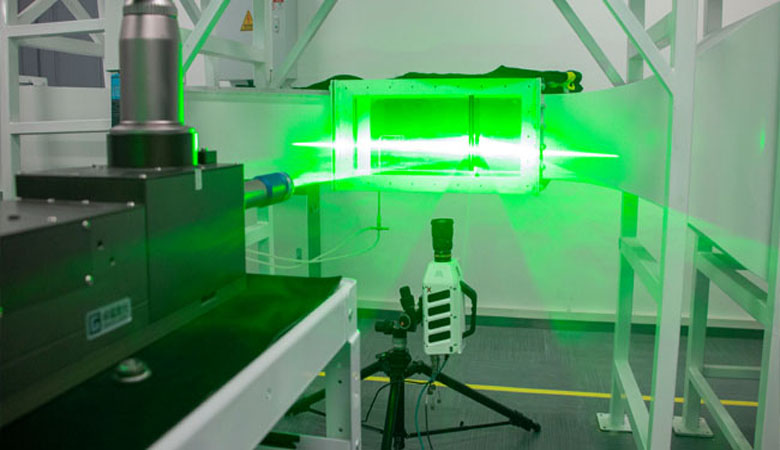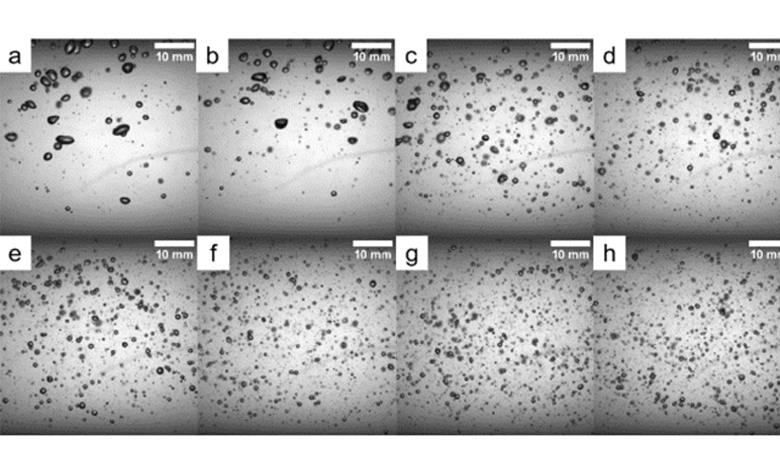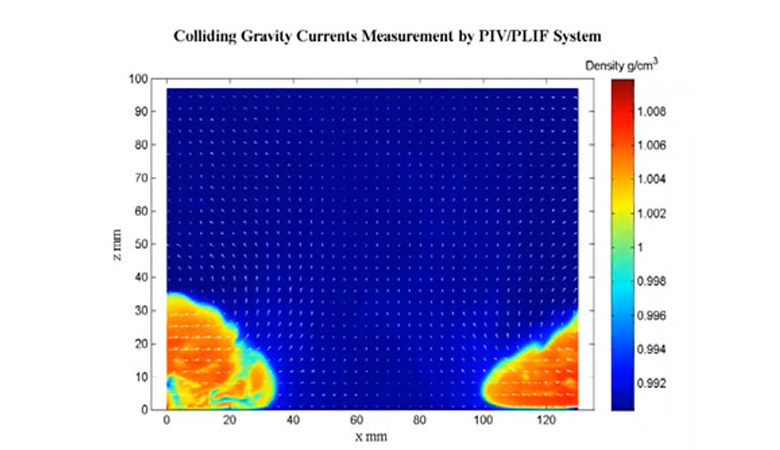
The high-frequency PIV (Particle Image Velocimetry) system is used to study the motion patterns of turbulent coherent structures, the dynamic mechanisms within turbulence, and the mechanisms of energy transfer.

The PIV (Particle Image Velocimetry) system measures the size, shape, position, and dynamic parameters of bubbles and bubble clusters.

High-speed cameras capture images of particle motion, and the PIV (Particle Image Velocimetry) system uses these images to achieve quantitative analysis of flow field velocity structures. Together, they provide crucial visualization and data support for the study of unsteady flows, vortex evolution, and separated flows in aerodynamics.

The PIV (Particle Image Velocimetry) system tracks the motion of tracer particles to accurately quantify transient flow field structures and turbulent diffusion characteristics in environmental fluids such as atmospheric dispersion, water mixing, and pollutant transport. It provides crucial experimental evidence for the validation of environmental fluid mechanics models and pollution control.